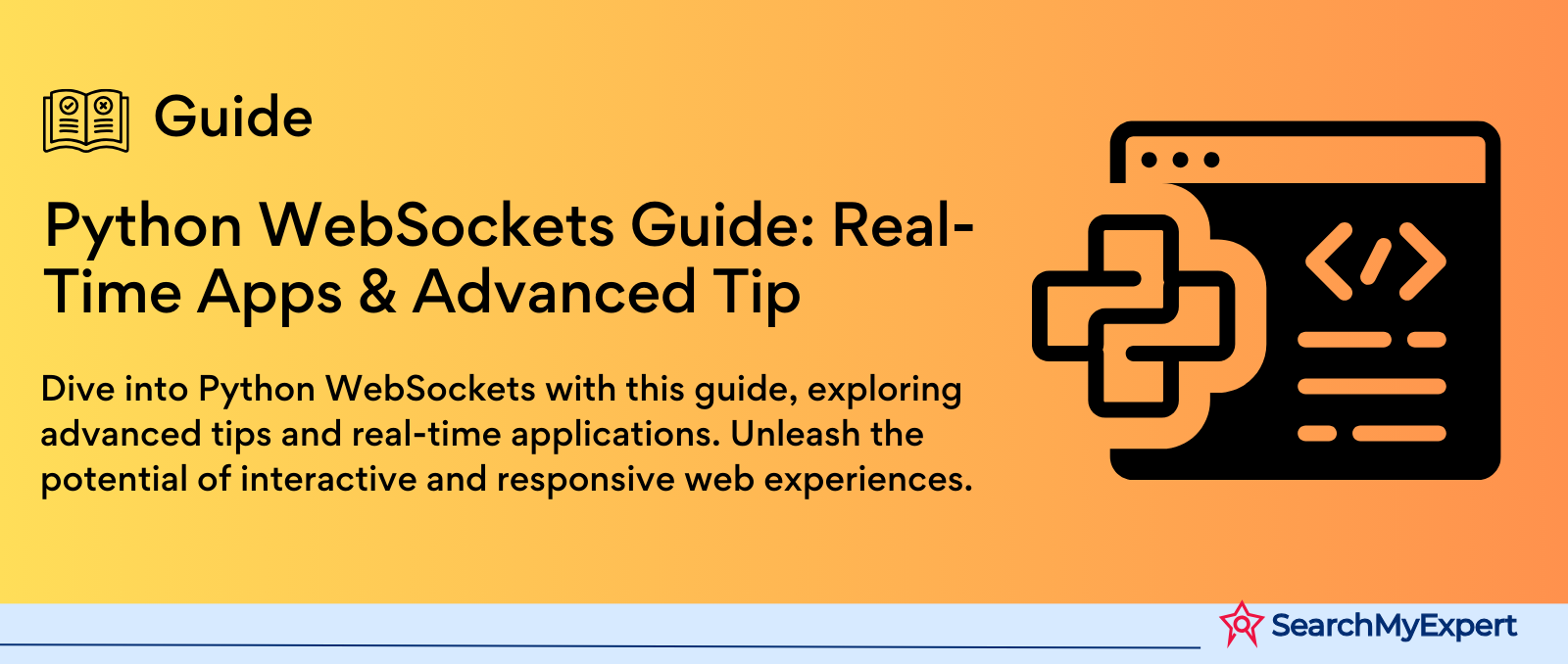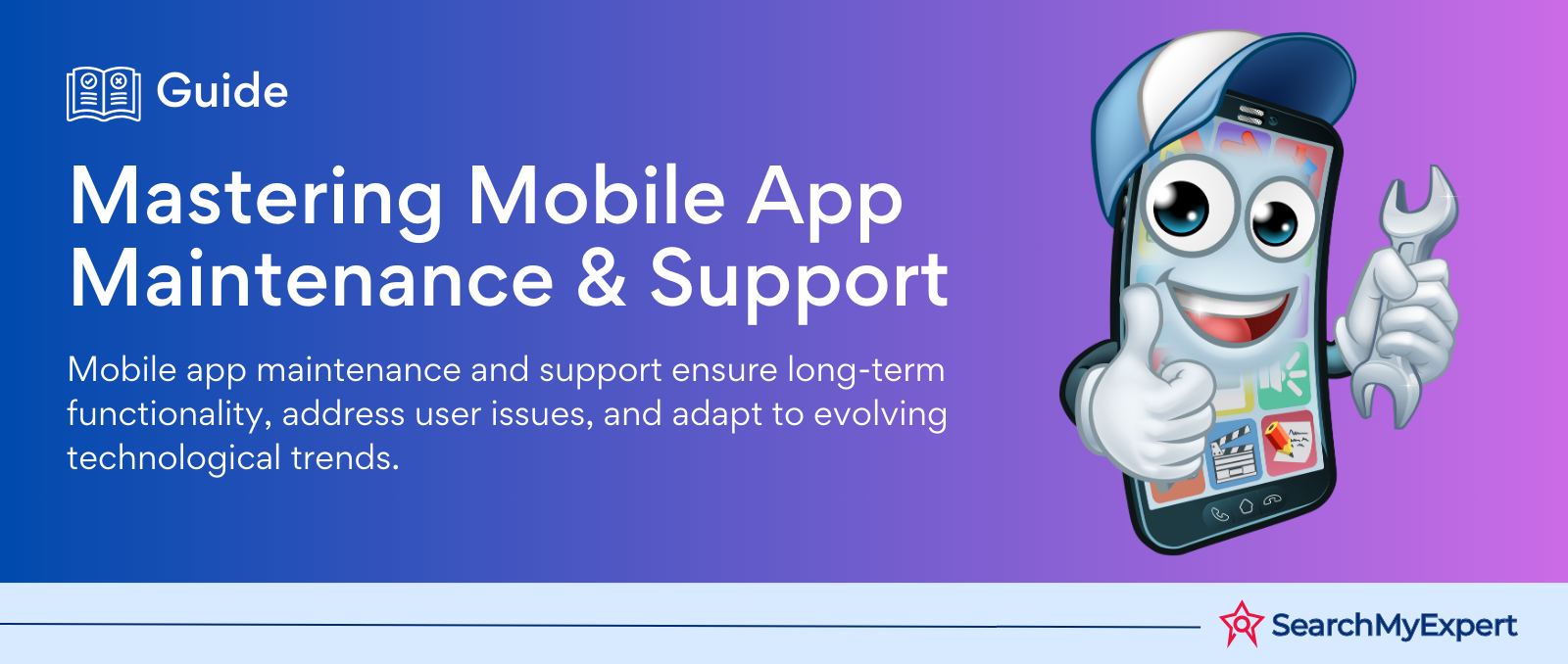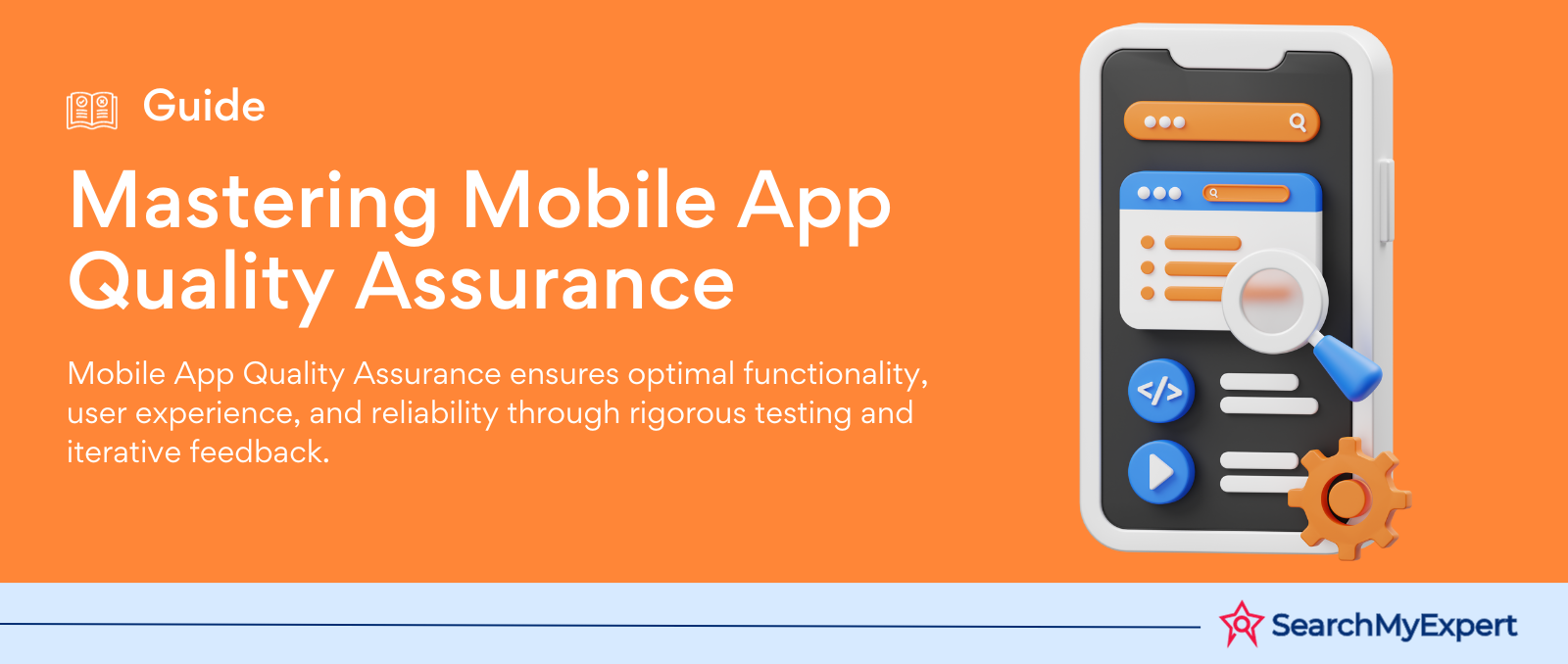Guide to Python WebSockets: Advanced Tips & Real-Time Applications

Unleashing the Power of Python Web Sockets for Real-Time Applications
In the dynamic world of web development, real-time communication stands as a pinnacle of modern technology. Here, WebSockets emerges as the game-changer. Imagine a world where data flows seamlessly, without the constant need for refreshing your browser. That's the magic WebSockets bring to the table!
WebSockets: A Brief Overview
- Definition: WebSockets are an advanced technology enabling interactive communication sessions between a user's browser and a server.
- How They Work: They establish a full-duplex communication channel over a single, long-held request, allowing for a persistent connection.
- Real-Time Applications: This technology is pivotal in applications demanding real-time data updates—online gaming, chat applications, live sports updates, you name it!
WebSockets vs. HTTP: The Real-Time Duel
- Traditional HTTP: It's like sending snail mail; request and wait for the response. It's not built for constant data flow.
- WebSockets: Imagine a hotline, always open, always ready for a two-way conversation. They keep the line open, making them ideal for real-time data transmission.
- Efficiency: WebSockets use less bandwidth and resources compared to HTTP, which requires multiple requests and responses.
Python: The Ace Up Your Sleeve
- Simplicity and Flexibility: Python's straightforward syntax makes it a breeze for WebSocket implementations.
- Rich Libraries: Libraries like websocket-client and websockets offer robust support.
- Community Support: Python's massive community offers extensive resources and troubleshooting support.
Python Web Sockets redefine the way we interact with the web. They offer a smooth, uninterrupted, and real-time communication channel, contrasting sharply with the traditional, request-response model of HTTP. This makes them an indispensable technology in today's fast-paced digital world.
Understanding WebSocket Technology: Revolutionizing Communication
Dive deep into the world of WebSockets, where communication flows as freely as conversation! This step of our journey unravels the core attributes of WebSocket technology, showcasing why it's a linchpin in real-time web applications.
Full-Duplex Communication: A Two-Way Street
- What It Means: Full-duplex in WebSockets is like having a two-way radio; messages can be sent and received simultaneously.
- Impact: This capability allows for real-time, interactive experiences, a stark contrast to the one-way communication of traditional HTTP.
Persistent Connection: Always On
- WebSocket's Persistence: Imagine a phone call that stays open, ready for instant talk. That's WebSockets for you!
- HTTP Requests: In contrast, HTTP is like a series of text messages; send, wait, receive, repeat.
- Benefit: This open line of communication drastically reduces delays, making WebSockets ideal for time-sensitive applications.
Efficiency and Low Latency: The Need for Speed
- Low Latency: WebSockets are like sports cars on the data highway, minimizing delays and providing near-instantaneous data transmission.
- Efficient Data Transfer: They are the epitome of efficiency, transferring smaller data packets compared to the bulky headers of HTTP.
WebSockets are the superheroes of the web communication world. With their full-duplex communication, persistent connections, and low-latency data transfer, they are transforming how we experience the web in real time. They are not just a step but a leap forward in efficient and interactive web applications.
Python Libraries for WebSockets: Navigating the Digital Landscape
In the realm of Python and WebSockets, selecting the right library is like choosing the perfect gear for an expedition. Each library has its unique strengths, designed for different types of journeys in the world of real-time applications. Let's explore some of the popular ones!
Discovering Popular Python Libraries
websockets:
- Think of websockets as your go-to toolkit for the basics. It's user-friendly and perfect for those stepping into the WebSocket world.
- Highlights include ease of use for both client and server applications and a sleek, coroutine-based API.
- Ideal Scenario: When you're aiming for a straightforward, no-frills WebSocket implementation.
Autobahn:
- Now, Autobahn is the Swiss Army knife in your toolkit. It's robust, loaded with features, and caters to more complex scenarios.
- Notable features include support for both WebSockets and WAMP (Web Application Messaging Protocol), offering a high-performance solution for diverse needs.
- Ideal Scenario: Suited for enterprise-level applications where advanced functionalities like RPC and Pub/Sub are necessary.
Comparing the Key Players: websockets and Autobahn
websockets shine in its simplicity and ease of use, making it a favorite for beginners or projects that require a lightweight implementation. In contrast, Autobahn steps up with its versatility and high performance, tailored for more demanding, multi-functional applications.
Selecting Your Perfect Match
To pick your champion, consider:
- Project Complexity: Are you crafting a simple chat app or an intricate real-time trading system?
- Feature Requirement: Do you need basic WebSocket support or more advanced features like RPC?
- Learning Curve: Are you a novice in Python or a seasoned coder looking for advanced tools?
Understanding your project's needs and your own expertise level is crucial in choosing between websockets and Autobahn. Both bring unique advantages to the table, poised to elevate your real-time application to new heights.
Building a WebSocket Server in Python
Embarking on the journey to build a WebSocket server in Python? It's an adventure filled with coding, connection, and concurrency. Let's break down the steps to get your server up and running, handling client connections, and communicating like a pro, all while leveraging the power of asynchronous programming.
Laying the Foundation: The Setup
First things first, gear up with the right tools. You'll start by installing a WebSocket library. websockets is a popular choice, easily added to your arsenal with a simple pip install command.
Crafting the Server
The heart of your server is where the magic happens. Here, you'll define how to handle incoming connections. This involves listening for incoming data, processing it, and responding back. Think of it as the digital equivalent of a conversation, where your server is all ears, ready to chat.
Client Connections: The Digital Handshake
Every new connection is like a new friend walking through the door. Your server will need to welcome each one, establishing a connection. This is where you'll set the stage for how your server interacts with each client, ensuring a smooth and responsive experience.
Data Handling: The Art of Conversation
Receiving data is just half the story. Your server needs to understand and process this information. Whether it's a message in a chat app or a move in an online game, each piece of data is a vital part of the conversation your server is having with its clients.
Sending Responses: Echoing Back
A good conversation is a two-way street. Your server won't just listen; it will respond. Sending data back to the client is crucial. It's how your server participates in the dialogue, keeping the interaction lively and engaging.
Supercharging with Asyncio
Imagine a juggler effortlessly keeping multiple balls in the air. That's asyncio for you. It allows your server to handle several tasks concurrently, making your server more efficient and responsive. By integrating asyncio, you're tuning your server to perform at its best, handling multiple connections without breaking a sweat.
Building a WebSocket server in Python is a blend of technical skill and art. It's about creating a space where data flows smoothly, connections are seamless, and communication is instant. With these steps, you're well on your way to deploying a server that stands as a testament to the power of Python in the real-time digital world.
Developing a WebSocket Client in Python
Creating a WebSocket client in Python is like crafting a digital messenger, adept at sending and receiving real-time updates. This step takes you through the process, ensuring your client is well-equipped to handle the dynamic world of WebSocket communication.
Embarking on the Client Creation Journey
The first step is to set the stage for your client. You'll need a WebSocket library, just like for the server. Once you've got your tools ready, the real work begins.
Establishing the Connection: The Digital Handshake
Your client's first task is to reach out and establish a connection with the server. This step is crucial; it's like dialing a number and waiting for the call to connect. Once this link is established, the path for communication is open.
Messaging: The Heart of Interaction
With the connection in place, your client can now send messages. Whether it's a simple text message in a chat app or a complex data packet in a trading application, this is where your client talks to the server. But talking is just one part of the equation.
Receiving Updates: The Art of Listening
A good conversation isn't just about talking; it's about listening. Your client will also receive data from the server. This could be anything from chat messages from other users to live updates in a game. Your client must be ready to handle these incoming data streams efficiently.
Navigating Server Events and Disconnections
In the digital world, not everything is predictable. Your client might encounter various server events, like updates or maintenance messages. And sometimes, disconnections happen. Your client should be prepared to handle these scenarios gracefully, ensuring a smooth user experience even when the unexpected occurs.
Real-Time Applications with Python WebSockets
Python WebSockets open a door to a universe where real-time isn't just a feature; it's a superpower. Let's journey through various landscapes where WebSockets shine, transforming the ordinary into extraordinary interactive experiences.
Live Chat Applications: Conversations in Real-Time
- Instant Messaging: WebSockets enable messages to flow in real time, making conversations seamless and dynamic.
- Group Chats: They excel in handling multiple users, keeping everyone in the loop instantly.
Collaborative Editing Tools: Teamwork Made Easy
- Simultaneous Editing: Multiple users can edit documents simultaneously, with changes reflected in real-time.
- Version Control: WebSockets facilitate tracking changes and syncing updates, ensuring a cohesive editing experience.
Online Gaming and Multiplayer Interactions: The New Playground
- Game State Updates: Real-time synchronization of game states, making multiplayer games thrilling and responsive.
- Player Interactions: Instant chat and interaction between players, enhancing the gaming experience.
Real-Time Dashboards and Data Visualization: The Pulse of Information
- Live Data Feeds: Dashboards update continuously, providing the latest information at your fingertips.
- Interactive Visuals: From stock charts to weather maps, data becomes an interactive visual story.
Financial Tickers and Market Updates: The Beat of the Financial World
- Stock Updates: Financial tickers use WebSockets for live streaming of stock prices and market data.
- Trading Platforms: They enable real-time data transmission, crucial for high-speed trading and decision-making.
Advanced Topics: Mastering Python WebSockets
Our journey through the world of Python WebSockets culminates here, but the road to mastery is endless. Let's encapsulate the key insights and peek into advanced terrains for those who wish to delve deeper.
Key Takeaways and Benefits
- Real-Time Communication: Python WebSockets revolutionize data exchange, offering a live, interactive experience.
- Efficient and Scalable: They handle high volumes of data with low latency, making them scalable for various applications.
- Flexibility and Ease of Use: Python's simplicity and the WebSocket protocol's flexibility create a powerful combination.
Advanced Topics: Beyond the Basics
- Security First: Dive into SSL/TLS encryption, ensuring secure data transmission.
- Authentication and Authorization: Explore strategies to verify users and control access.
- Handling High Traffic: Learn about load balancing and managing large numbers of connections.
Encouraging Further Exploration
- Expand Your Knowledge: Resources abound for those eager to learn. From official documentation to community forums, the learning never stops.
- Experiment and Innovate: The best learning comes from doing. Build your own real-time applications, experiment, and innovate.
Conclusion
Python WebSockets open up a world of possibilities. They bridge gaps, connect people, and bring data to life. As we wrap up, remember that each line of code is a step towards mastering this incredible technology. So keep exploring, keep learning, and most importantly, keep building!
Create cutting-edge applications with
Python Development Service Companies.
share this page if you liked it 😊
Other Related Blogs

Mastering Docker for App Development: A Comprehensive Guide to Benefits, Use-Cases, and Alternatives
STAY UP TO DATE
GET PATH'S LATEST
Receive bi-weekly updates from the SME, and get a heads up on upcoming events.
Contact Us











